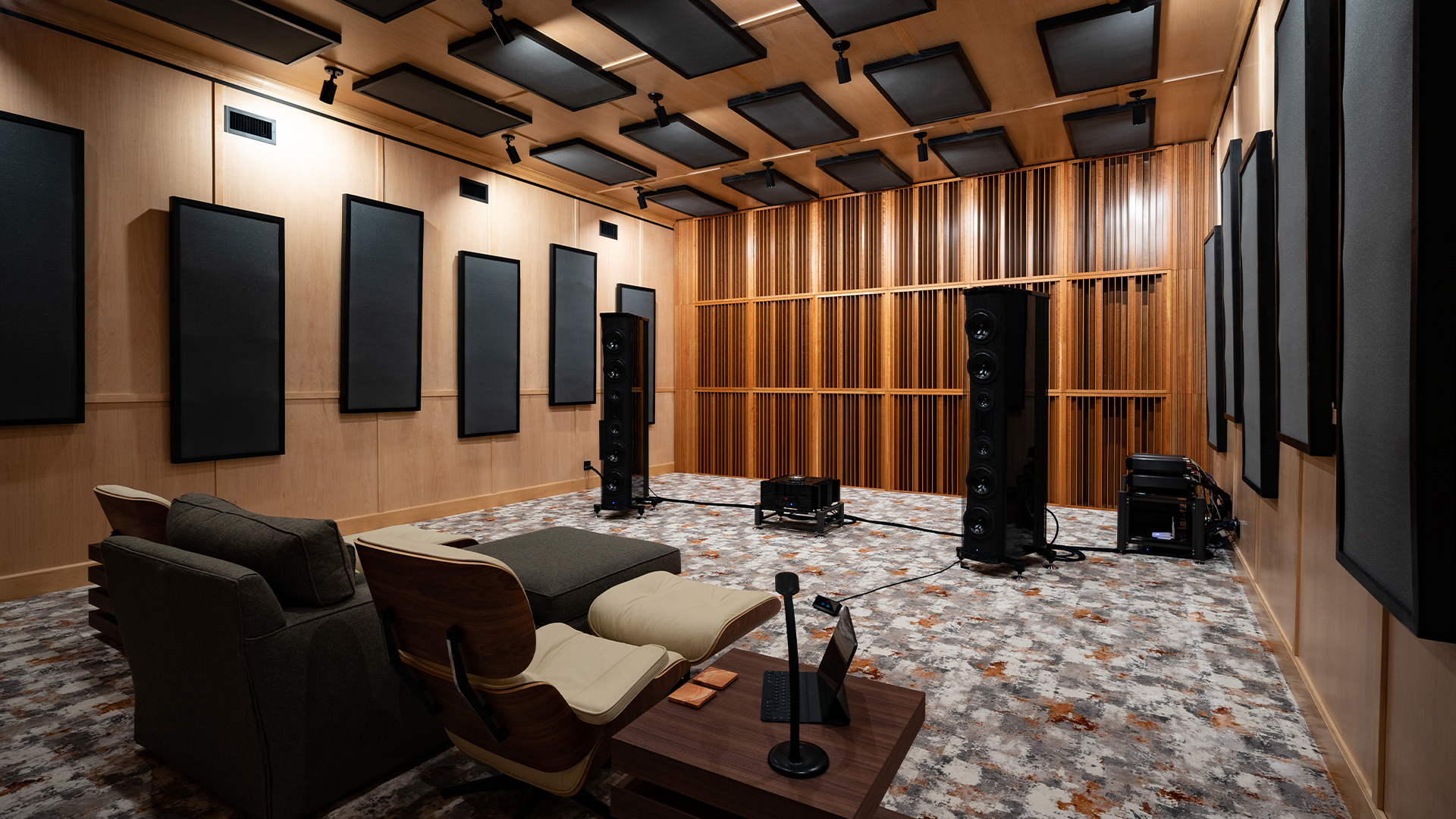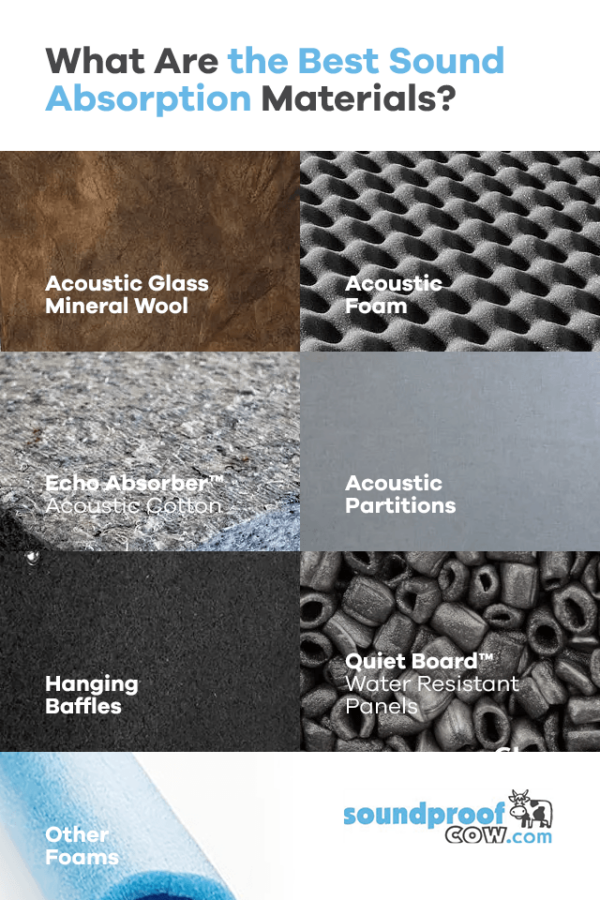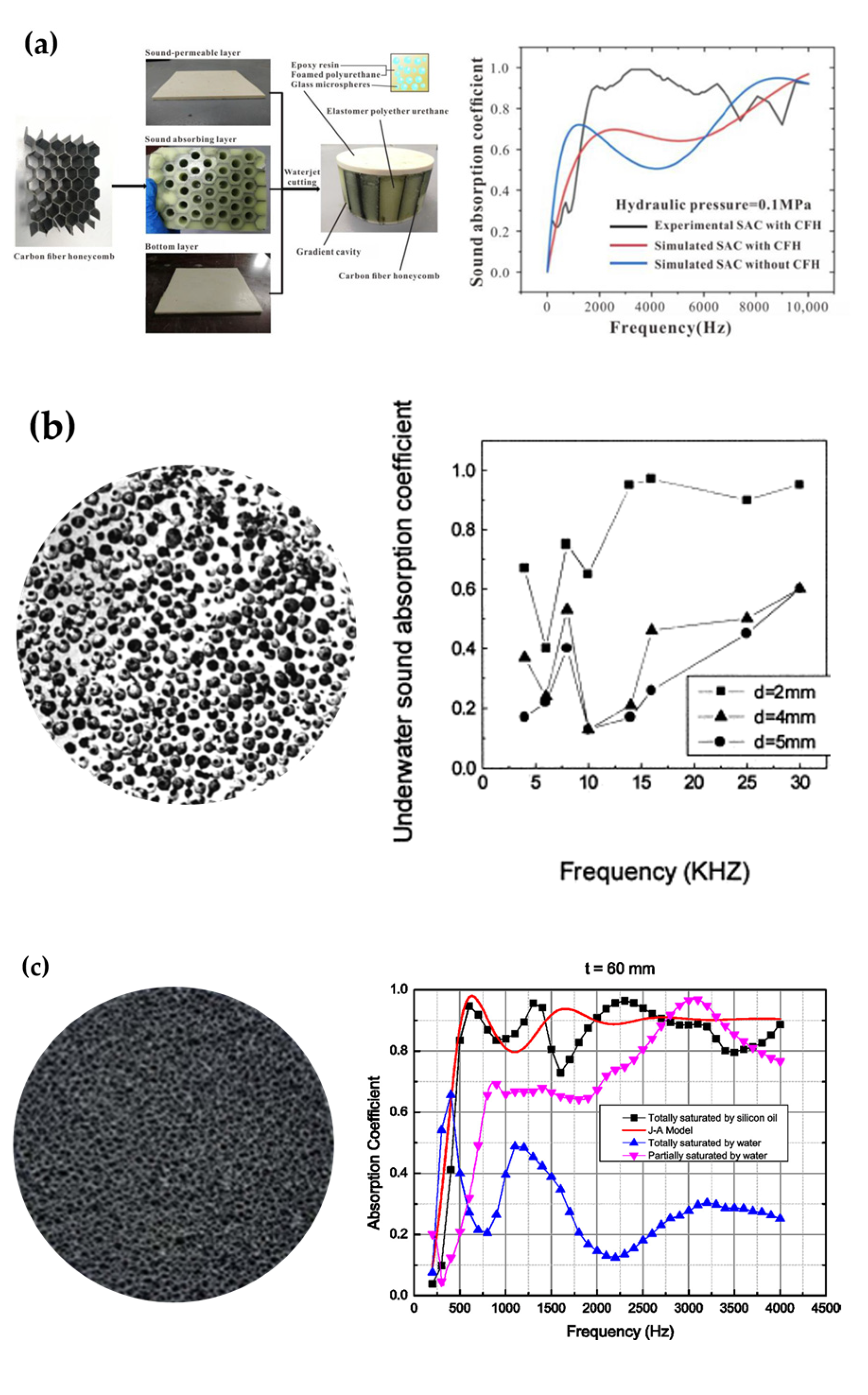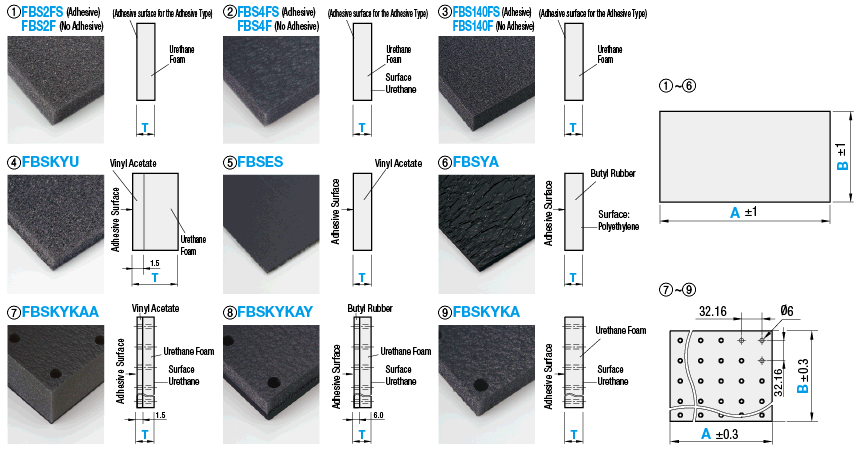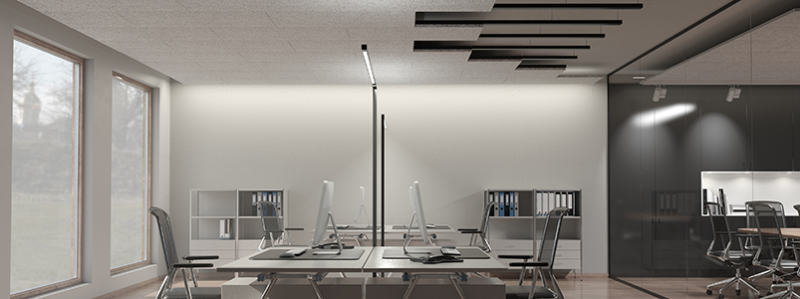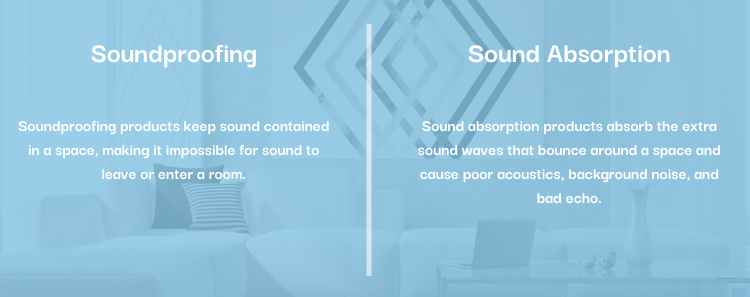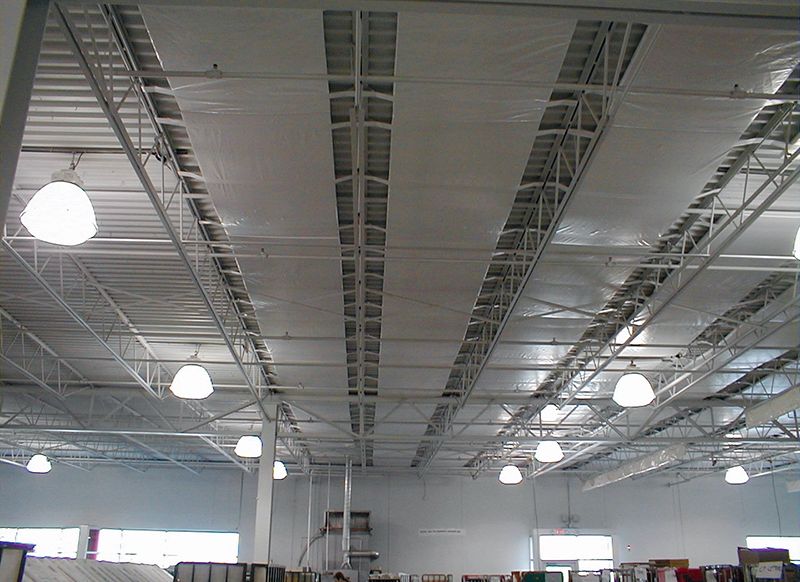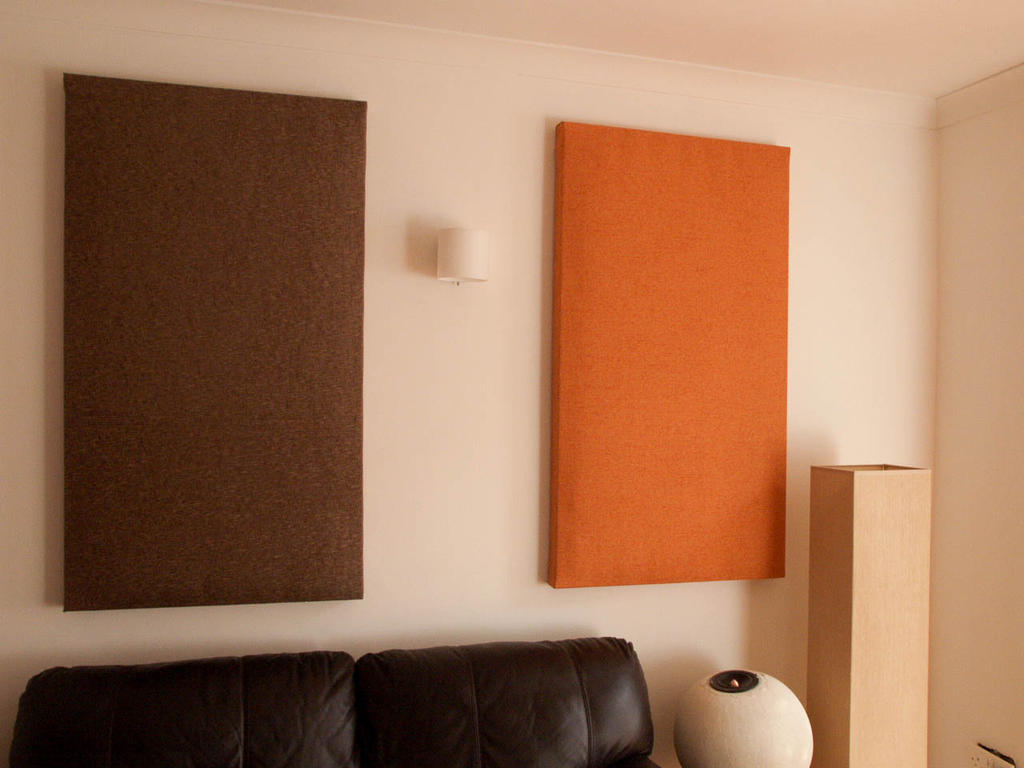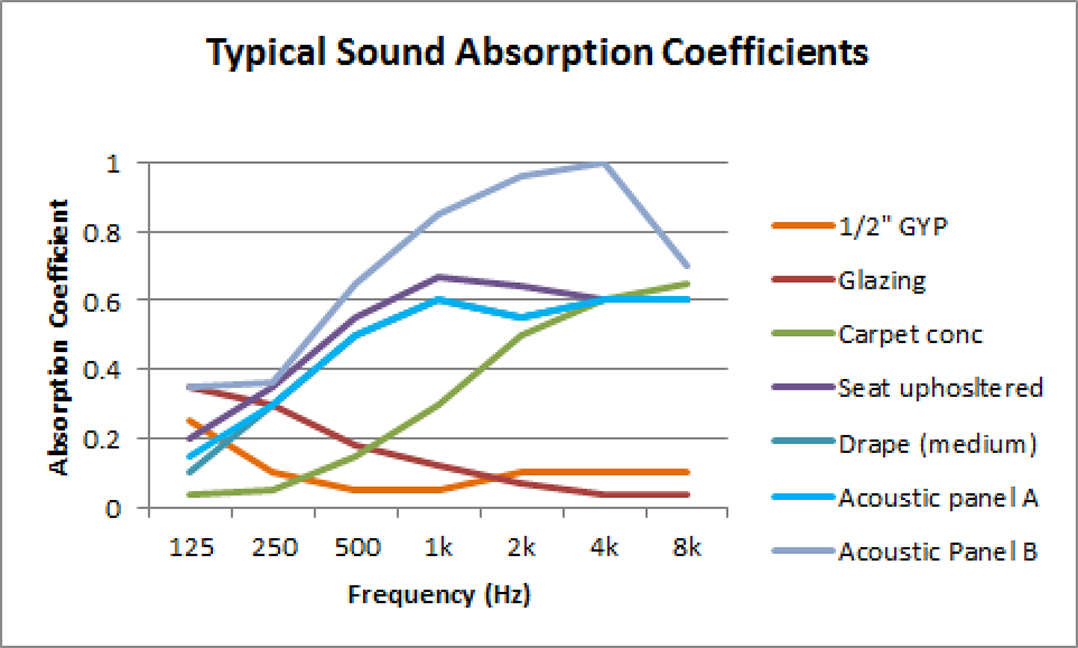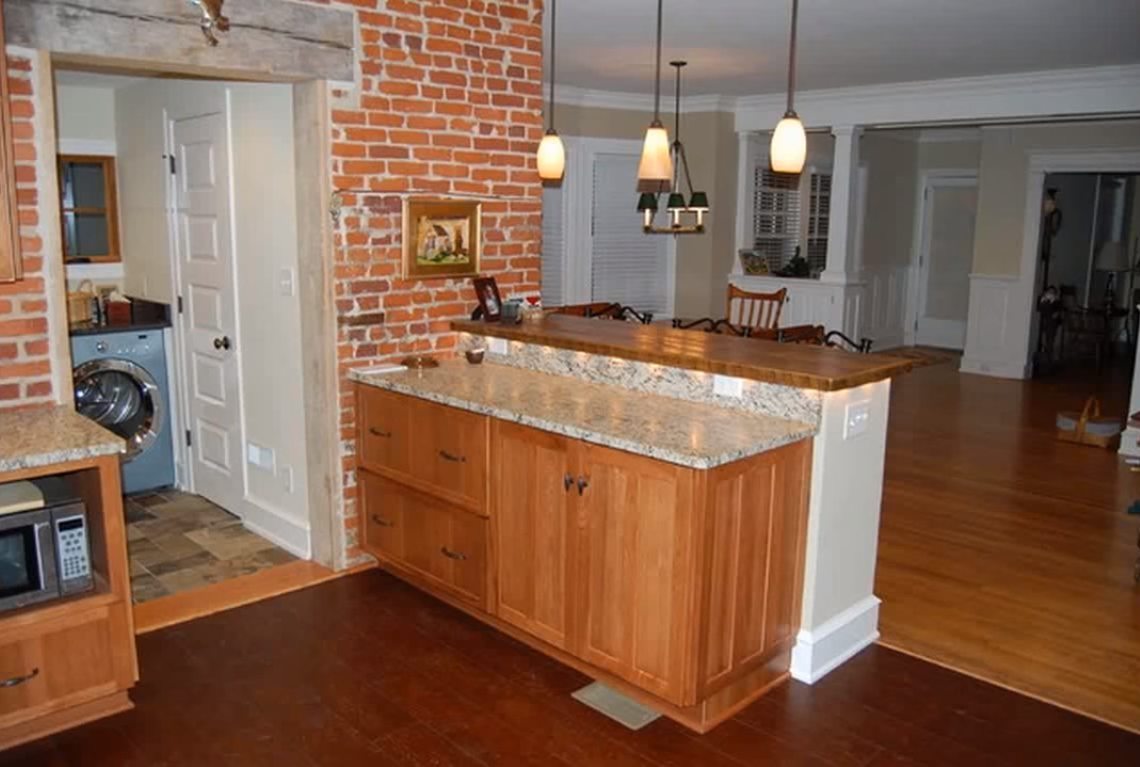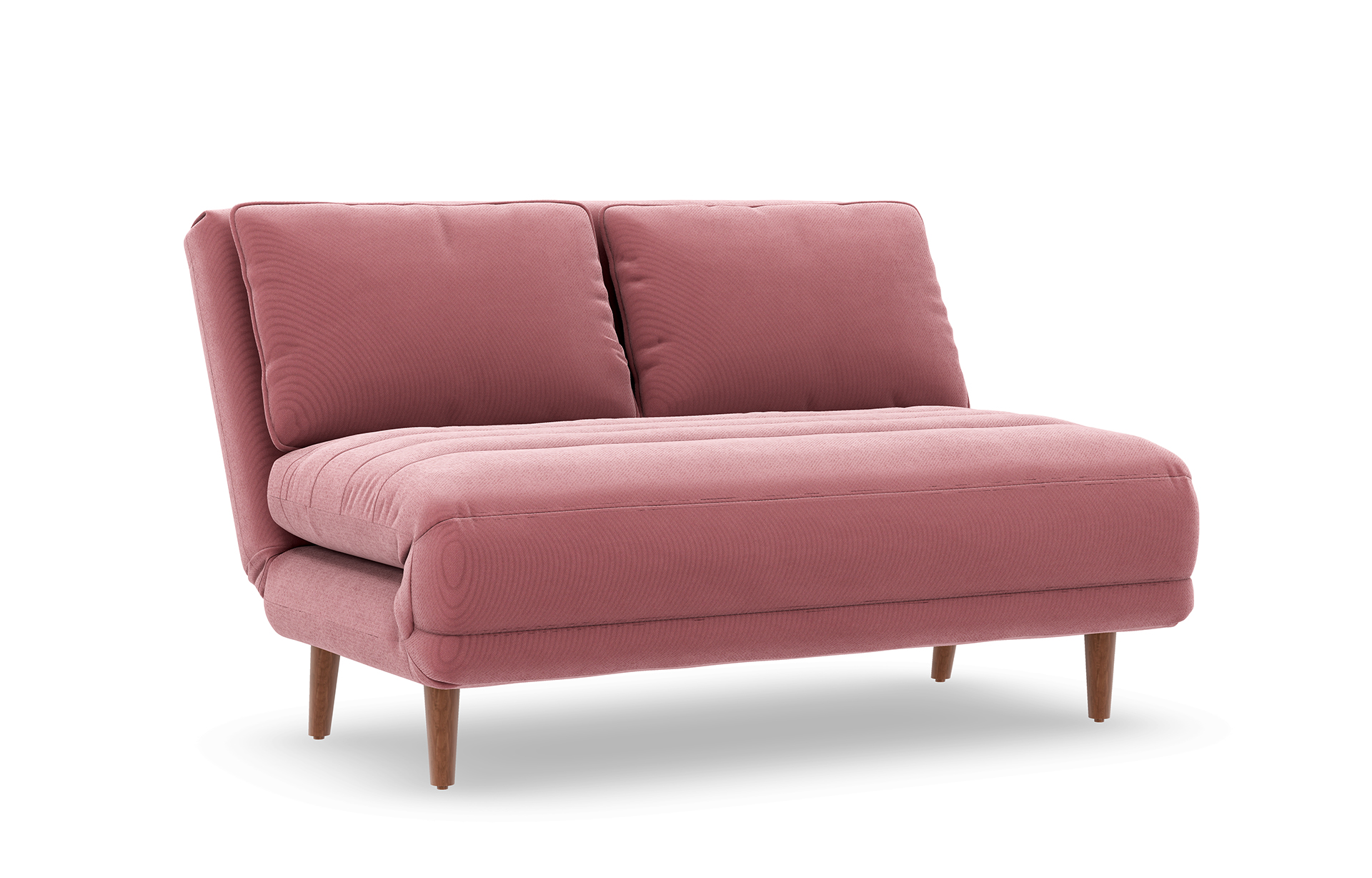Sound Absorption in Living Rooms: A Comprehensive Guide
Living rooms are often the central gathering place in a home, where families and friends come together to relax, watch TV, and socialize. However, this space can also be a source of noise and echo, making it difficult to have conversations or enjoy a movie. That's where sound absorption comes in. In this guide, we'll explore everything you need to know about sound absorption in living rooms and how to create a quieter, more comfortable space.
How to Reduce Noise in Your Living Room with Sound Absorption
Noise can come from a variety of sources in a living room, such as TVs, speakers, and conversations. It can also bounce off hard surfaces like walls, floors, and furniture, creating echoes and amplifying the sound. Sound absorption materials are designed to absorb and reduce this noise, making your living room a more peaceful and enjoyable space. These materials come in various forms, from panels and tiles to furniture and décor.
Top 10 Sound Absorption Materials for Living Rooms
When it comes to sound absorption, not all materials are created equal. Some are more effective than others, and it's essential to choose the right ones for your living room. Here are the top 10 sound absorption materials to consider:
1. Acoustic Panels: These are the most common and effective sound absorption solution for living rooms. They come in various sizes, shapes, and designs, and can be easily mounted on walls or ceilings.
2. Soundproof Curtains: These heavy-duty curtains not only block out light but also absorb sound, making them an excellent option for living rooms.
3. Area Rugs: Hardwood or tile floors can cause sound to bounce around, but adding area rugs can help absorb and reduce the noise.
4. Bookshelves: Filled with books, these can act as natural sound absorbers, especially if placed against a wall.
5. Upholstered Furniture: Soft and plush furniture can help absorb sound waves, making them a practical and stylish option for living rooms.
6. Soundproof Paint: This special type of paint contains sound-absorbing properties, making it a great addition to your living room walls.
7. Wall Hangings: From tapestries to artwork, hanging fabric or canvas on walls can help absorb sound and add a decorative touch to your living room.
8. Acoustic Tiles: Similar to acoustic panels, these tiles come in various designs and are easy to install on walls or ceilings.
9. Sound Absorbing Wallpaper: This wallpaper is made with sound-absorbing materials and can help reduce noise in your living room.
10. Sound Absorbing Plants: Certain plants, like ferns and rubber trees, have excellent sound-absorbing properties and can add some greenery to your living room.
Sound Absorption vs. Soundproofing: What's the Difference?
While sound absorption and soundproofing are often used interchangeably, they are two different techniques for reducing noise in a room. Sound absorption refers to the process of absorbing sound waves through materials, while soundproofing involves creating a barrier to block sound from entering or leaving a room. In living rooms, sound absorption is typically more practical and cost-effective.
Sound Absorption Solutions for Open Concept Living Rooms
In open concept living rooms, where there are no walls to absorb sound, it can be challenging to reduce noise levels. However, there are still plenty of sound absorption solutions that can be effective in these spaces. Consider using a combination of acoustic panels, area rugs, and upholstered furniture to absorb sound waves and create a more comfortable living room environment.
DIY Sound Absorption Panels for Your Living Room
If you're feeling crafty and want to save some money, you can also make your own sound absorption panels for your living room. All you need is some acoustic foam, fabric, and a frame, and you can create custom panels that match your décor and effectively reduce noise in your living room.
The Benefits of Sound Absorption in Your Living Room
Investing in sound absorption for your living room can bring several benefits, including:
1. Improved Acoustics: By reducing echoes and noise, sound absorption creates better acoustics in your living room, making it easier to have conversations and enjoy music and movies.
2. Increased Comfort: A quieter living room is a more comfortable living room. Sound absorption can help create a more relaxing and inviting space for you and your guests.
3. Enhanced Privacy: If you have thin walls or live in a noisy neighborhood, sound absorption can help increase privacy by reducing the amount of sound that travels in and out of your living room.
4. Better Sound Quality: By reducing echoes and background noise, sound absorption can improve the overall sound quality of your TV or music system, allowing for a more enjoyable viewing or listening experience.
How to Measure Sound Absorption in Your Living Room
If you're curious about how much sound absorption your living room needs, you can measure its sound absorption coefficient. This is a measure of how much sound is absorbed by a material, ranging from 0 (no absorption) to 1 (complete absorption). The higher the coefficient, the more effective the material is at absorbing sound.
Sound Absorption Techniques for Small Living Rooms
In small living rooms, every inch counts, and it can be challenging to incorporate sound absorption without sacrificing space. However, there are still options available, such as using smaller acoustic panels or choosing furniture with sound-absorbing properties, like plush sofas or chairs.
Sound Absorption Furniture for a Quieter Living Room
When selecting furniture for your living room, you may want to consider pieces with sound-absorbing properties, such as those made with soft, plush materials. This can help reduce noise in your living room while also adding comfort and style to the space.
In conclusion, sound absorption is a crucial consideration when it comes to creating a comfortable and peaceful living room. With the right materials and techniques, you can reduce noise and create a more enjoyable space for you and your loved ones to relax and unwind. So, say goodbye to loud and echoey living rooms and hello to a quieter, more peaceful home environment.
The Importance of Sound Absorption in the Living Room

Creating a Comfortable and Peaceful Living Space
 When designing a house, the living room is often considered the heart of the home. It is where families gather and spend quality time together, where guests are entertained, and where relaxation and leisure take place. With its multifunctional nature, it is essential to create a comfortable and peaceful living space that caters to all these activities. One crucial factor in achieving this is through sound absorption.
Sound absorption
is the process of reducing sound reflections in a room. It involves the use of materials that absorb sound waves, preventing them from bouncing off surfaces and creating echoes. This can significantly impact the acoustics of a room, making it more pleasant to be in.
When designing a house, the living room is often considered the heart of the home. It is where families gather and spend quality time together, where guests are entertained, and where relaxation and leisure take place. With its multifunctional nature, it is essential to create a comfortable and peaceful living space that caters to all these activities. One crucial factor in achieving this is through sound absorption.
Sound absorption
is the process of reducing sound reflections in a room. It involves the use of materials that absorb sound waves, preventing them from bouncing off surfaces and creating echoes. This can significantly impact the acoustics of a room, making it more pleasant to be in.
Effects of Noise Pollution
 In today's modern world, noise pollution has become a prevalent issue, especially in urban areas. From traffic noise to loud neighbors, there are many sources of unwanted noise that can disrupt the peace and tranquility of a living room. Continuous exposure to high levels of noise can lead to increased stress levels, sleep disturbances, and even hearing loss.
Sound absorption
can help mitigate these negative effects by reducing the amount of noise that enters a living room. This creates a more peaceful and relaxing environment, allowing for better concentration, communication, and overall well-being.
In today's modern world, noise pollution has become a prevalent issue, especially in urban areas. From traffic noise to loud neighbors, there are many sources of unwanted noise that can disrupt the peace and tranquility of a living room. Continuous exposure to high levels of noise can lead to increased stress levels, sleep disturbances, and even hearing loss.
Sound absorption
can help mitigate these negative effects by reducing the amount of noise that enters a living room. This creates a more peaceful and relaxing environment, allowing for better concentration, communication, and overall well-being.
Enhancing Sound Quality
 Aside from reducing unwanted noise, sound absorption also plays a crucial role in enhancing the sound quality in a living room. When sound waves bounce off surfaces, they can create echoes, reverberations, and distortions, which can affect the clarity and quality of sound. By using sound-absorbing materials, these reflections can be minimized, resulting in a more balanced and natural sound.
Sound absorption
can be especially beneficial for music lovers or those who enjoy watching movies or TV shows in their living room. It allows for a more immersive experience, making the audio more enjoyable and realistic.
Aside from reducing unwanted noise, sound absorption also plays a crucial role in enhancing the sound quality in a living room. When sound waves bounce off surfaces, they can create echoes, reverberations, and distortions, which can affect the clarity and quality of sound. By using sound-absorbing materials, these reflections can be minimized, resulting in a more balanced and natural sound.
Sound absorption
can be especially beneficial for music lovers or those who enjoy watching movies or TV shows in their living room. It allows for a more immersive experience, making the audio more enjoyable and realistic.
Choosing the Right Materials for Sound Absorption
 There are many materials that can be used for sound absorption, such as acoustic panels, sound-absorbing curtains, and soft furnishings like rugs and cushions. These materials are designed to absorb sound waves and reduce their reflections, improving the acoustics of a living room.
When selecting materials for sound absorption, it is essential to consider the
main keywords
of the living room design. For example, if the living room has a modern and minimalist design, then
sound-absorbing panels
in sleek and neutral colors would be a suitable choice.
In conclusion, incorporating
sound absorption
into the design of a living room is crucial for creating a comfortable and peaceful space. It not only helps reduce noise pollution but also enhances the sound quality, making it a more enjoyable environment for all activities. By carefully selecting the right materials, the living room can become a haven of tranquility and relaxation for everyone to enjoy.
There are many materials that can be used for sound absorption, such as acoustic panels, sound-absorbing curtains, and soft furnishings like rugs and cushions. These materials are designed to absorb sound waves and reduce their reflections, improving the acoustics of a living room.
When selecting materials for sound absorption, it is essential to consider the
main keywords
of the living room design. For example, if the living room has a modern and minimalist design, then
sound-absorbing panels
in sleek and neutral colors would be a suitable choice.
In conclusion, incorporating
sound absorption
into the design of a living room is crucial for creating a comfortable and peaceful space. It not only helps reduce noise pollution but also enhances the sound quality, making it a more enjoyable environment for all activities. By carefully selecting the right materials, the living room can become a haven of tranquility and relaxation for everyone to enjoy.



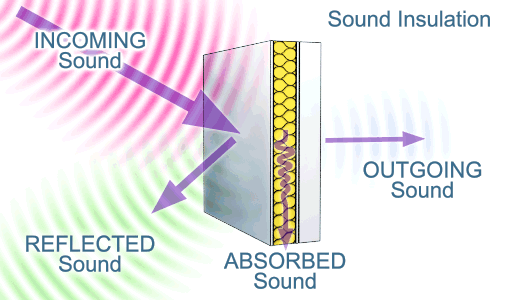
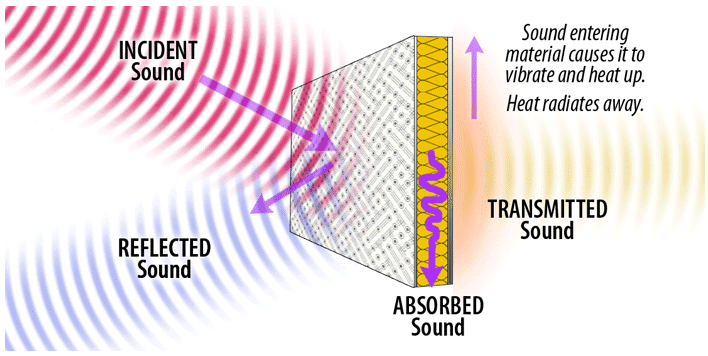




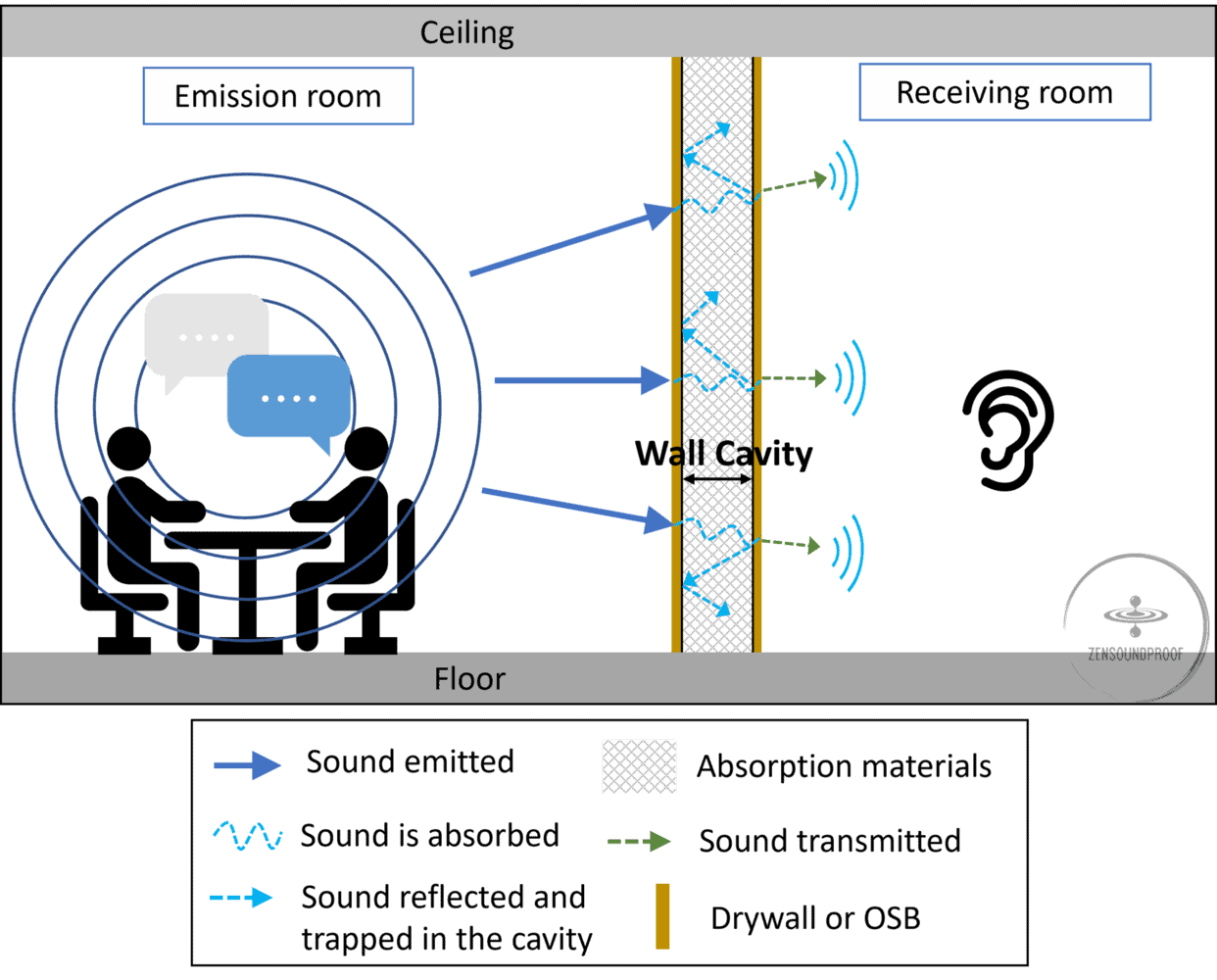

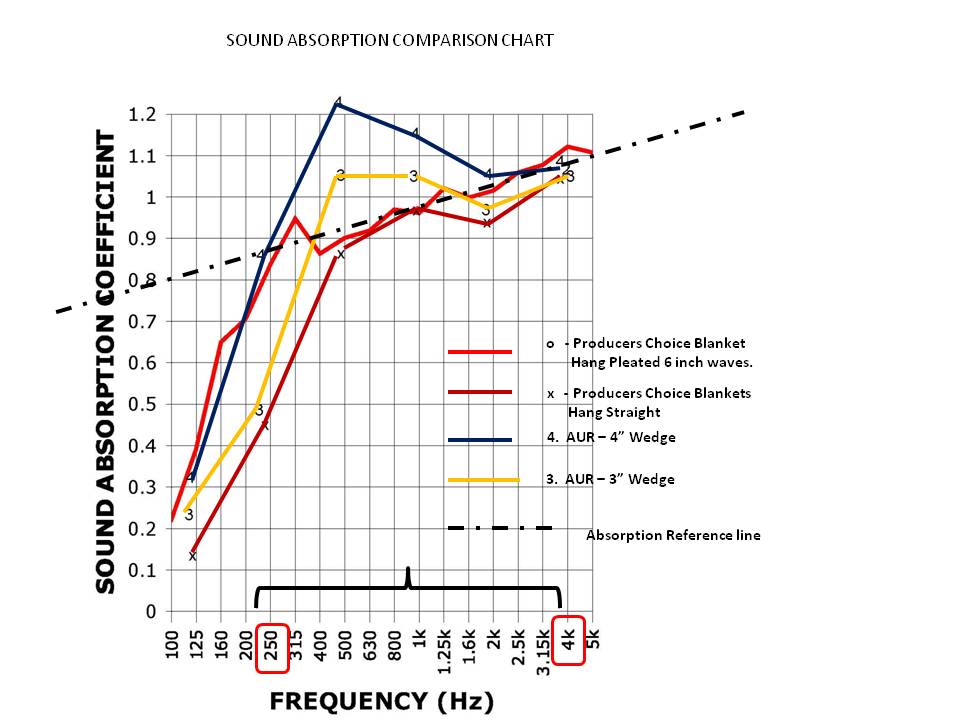
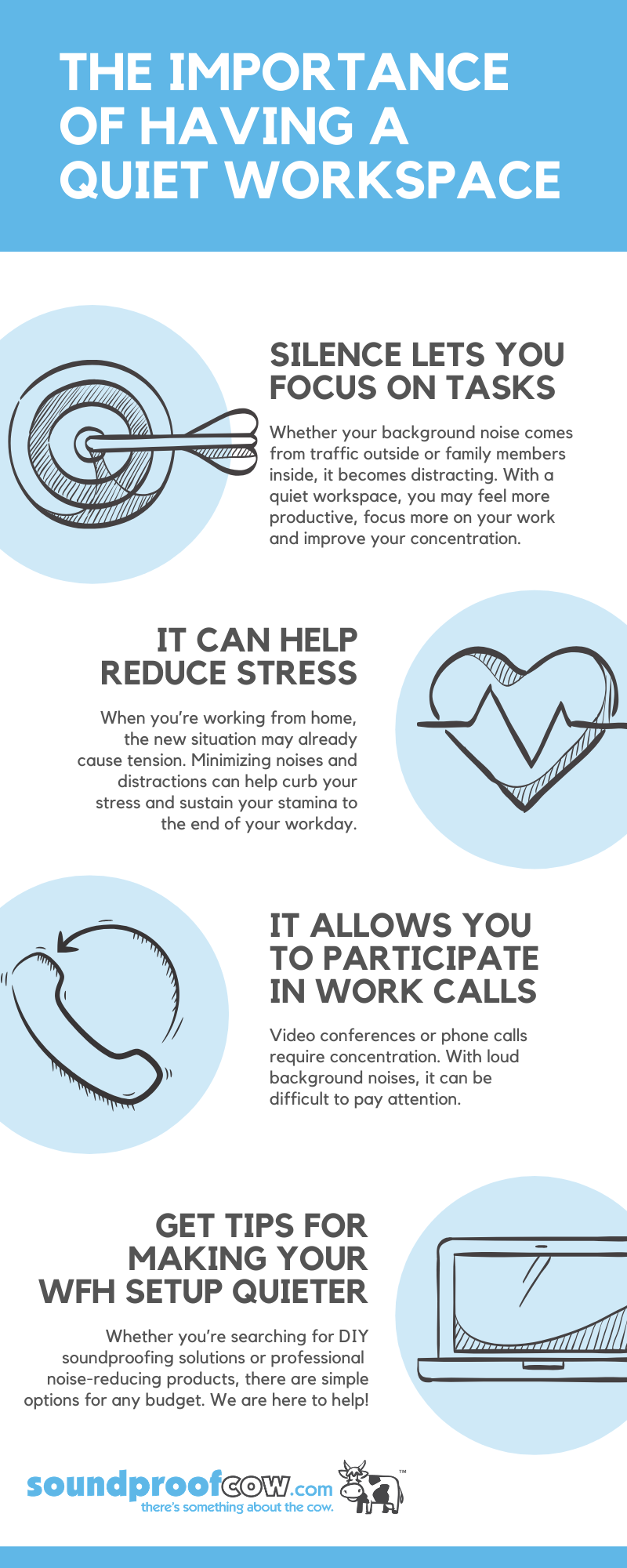
:max_bytes(150000):strip_icc()/living-room-area-rugs-1977221-e10e92b074244eb38400fecb3a77516c.png)





